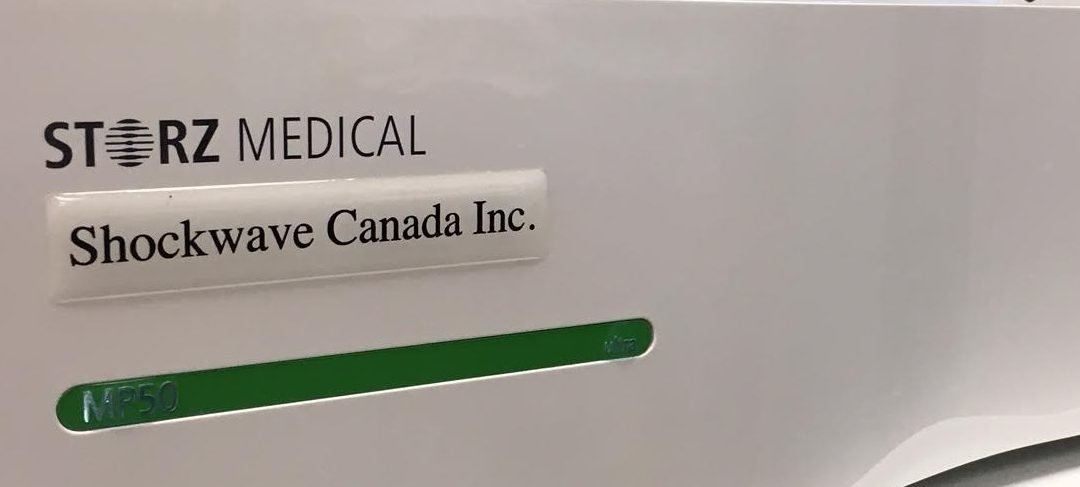Physio Articles
Across Canada, during the month of May there will be promotion of the profession of physiotherapy. Meanwhile, across Canada during the month of May, many people will be asking the question of “What is physiotherapy, anyway?” With National Physiotherapy Month nearing, I felt this would be a great time to answer that very question, and others that I have been asked from friends, family, and clients.
Questions such as:
- What is physiotherapy?
- What do you do?
- Who gets physiotherapy?
- Where can you work?
- How long did you have to go to school?
My dad, while I was undergoing my studies, once asked, “So, you’ll be cracking backs then?”
In short, physiotherapy is the assessment, diagnosis, and treatment of pain, injuries, and a broad range of chronic conditions. It is delivered in a number of ways including soft-tissue techniques (i.e. massage), hands-on manual therapy, modalities, and the most fun (for us) – exercises. Physiotherapy is often a complement with other health professions to help decrease pain, and optimize strength, function and overall well-being.
To become a physiotherapist in Canada now, an undergraduate degree must be completed, followed by a two-year Master of Science degree. The latter involves extensive hands-on practice both in class and in placement settings. The schooling doesn’t end there! Physiotherapists are committed to life-long learning, taking further education to improve current, or gain new, skills. (So to answer my dad’s question: yes, after courses and a specified number of hours of training, physiotherapists can ‘crack’ backs. Although we prefer to use the term ‘manipulate’.)
Physiotherapy isn’t limited to people with acute injuries – the service is also provided for people with heart disease, stroke, amputations, chronic pain, and lung disease, to name a few conditions. All ages and abilities can be treated: from pediatrics to geriatrics and everything in between. Physiotherapy can also be proactive, by promoting healthy living and avoidance of injuries and illness.
There are many settings in which physiotherapists work. The most commonly thought-of environments are the clinic or hospital. Physiotherapy is also provided in retirement residences, long term care facilities, hospices, community health centres, in home, in the work place, on the sports field, and in schools.
When looking at how many systems of the body can be treated with physiotherapy, and all the different environments in which it can be delivered, it is understandable for there to be some mystery around the subject. I hope this was helpful in understanding what the profession is. For further information, you can visit the website for the Canadian Physiotherapy Association (www.physiotherapy.ca), and the BC division (www.bcphysio.org). To learn more about National Physiotherapy Month check out www.npmcanada.ca, where you can find information, take a survey, or thank a physiotherapist. Although, seeing people feeling and functioning better is the best ‘thanks’ of all!

